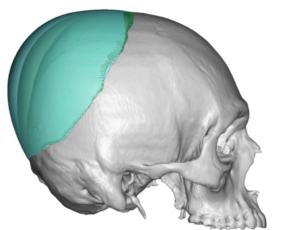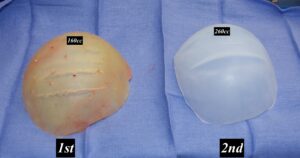Background: Custom skull implants provide the most effective form of aesthetic head shape augmentation.While the preoperative computer design process allows a skull implant to be created in just about any shape there are limits as to its size or thickness. The overlying scalp does not have limitless stretch and its response to underlying volumetric effects must be considered in creating the implant’s size.
For some patients the amount of skull augmentation they desire many not be achievable within the limits of how much the scalp can stretch. As a result they have to choose between either accepting a less than desired augmentation result with a one stage skull implant procedure or undergo a two stage skull augmentation approach using a first stage scalp expander.
Other patients may believe that the result obtained by the placement of a skull implant that can fit within the limits of their scalp stretch will result in a satisfactory augmentation effect. This may be true initially but as time goes by some patients may eventually decide that they would like more volume. The question the becomes how much more volume can be obtained in a second custom skull implant compared to their first one.

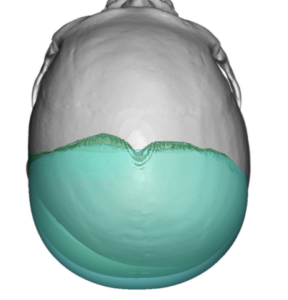
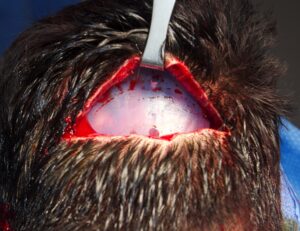
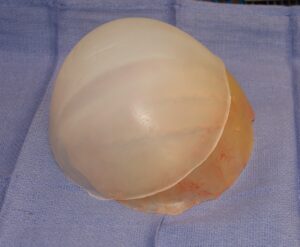
Case Highlights:
1) An initial custom skull implant can be replaced later with a larger one due to the induced stretch of the scalp from the initial implant.
2) How much larger the skull implant replacement can be can not be precisely predicted beforehand but a 50% to 66% volume increase is a safe preoperative design consideration.
3) Getting the larger skull implant inserted may require some increase of the original scalp incisional length.
Dr. Barry Eppley
Indianapolis, Indiana




